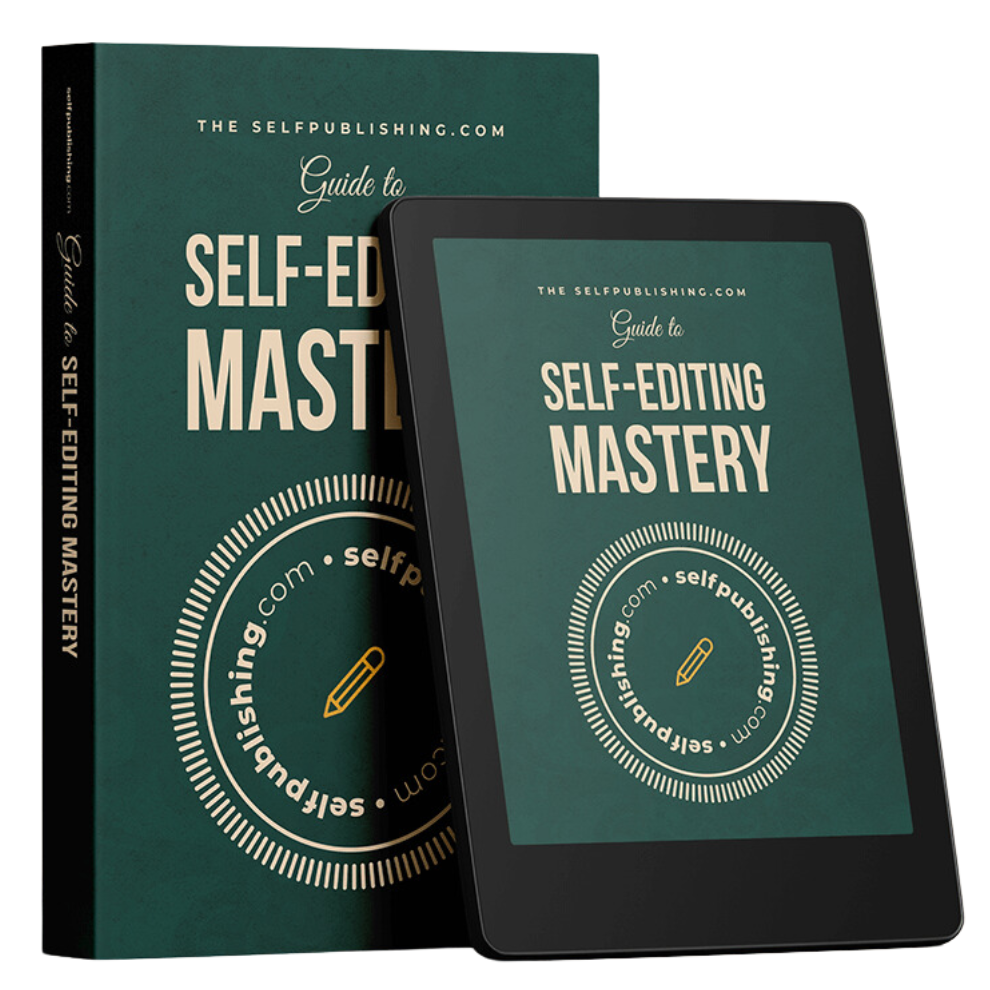No author can publish a book without a manuscript. But what is a manuscript anyway? How do you turn a manuscript into a book? And is it hard?
Today we will be demystifying what a manuscript is so you know how to write one for yourself.
Before we go into our step-by-step guide on how to give your manuscript meaning and success, let’s answer the question: What is a manuscript?
What is a manuscript, defined

We can define manuscript in many ways. According to Merriam-Webster, we should define manuscript as:
- “a written or typewritten composition or document as distinguished from a printed copy
- also: a document submitted for publication”
The Collins Dictionary assigns this definition for what a manuscript is:
- “A manuscript is a handwritten or typed document, especially a writer’s first version of a book before it is published.
- “A manuscript is an old document that was written by hand before printing was invented.”
And according to Cambridge Dictionary, a manuscript is:
- “the original copy of a book or article before it is printed”
Now obviously, printing was invented a long time ago, so when we discuss what a manuscript is in terms of writing today, we are generally referring to written work before it has been published.
In simple terms, a manuscript is the unpublished version of what might eventually become a book. Of course, we cannot call it a book until it is published.
Whether your manuscript is edited or unedited doesn’t matter – it is simply a draft and not yet a book.
A manuscript is what a writer works and reworks again with line editors and copy editors to turn into a final product. It can also be referred to as a “typescript,” since most writers these days use a computer or typewriter to complete their work.
So what is a manuscript? It’s the original document created by a writer – in a pre-published stage.
Whether you wish to learn how to write a memoir, a fantasy novel, or a children’s picture book, a manuscript is what you must complete first.
So how do you write a manuscript? Let’s discuss some simple steps to follow for writing success.
8 tips for writing a successful manuscript
Now that you know what a manuscript is, it’s time to set to writing one. Here are our top tips for giving your manuscript meaning:
1. Come up with an idea
It doesn’t matter how much you know about manuscripts if you don’t have any content to fill one with. Before you set to writing a manuscript, you need to have something to write about.
Decide what genre you will write in. (You can use our giant list of book genres for inspiration.) Make sure it’s a genre you are already comfortable with, and read books from that genre to make yourself more familiar with successful examples.
If you need help with ideas, you can use our writing prompt generator to get started!
Related: 250+ Writing Prompts By Genre
2. Create a distraction-free writing space
Distraction is the enemy of all writers. As such, you want to create a dedicated writing space for yourself that is as distraction-free as possible. When you enter this space, your brain will intuitively know it is time to write.
If possible, set up your writing space away from high-traffic areas. Decide if quotes and mood board will inspire your writing, or distract you from it.
Remove any unnecessary items from your workspace and silence phone notifications. If needed, let your family know that you will be writing so they don’t interrupt you.
Related: The 13 Best Distraction-Free Writing Apps
3. Set a writing schedule
To write a manuscript…you need to actually write. And if you don’t make time for it, it will be all too easy to avoid your manuscript.
Block out time in your schedule for writing and make it as non-negotiable as a doctor’s appointment. Sitting down to write is the single most difficult challenge most writers face, but if you can make yourself do it, you are already halfway there.
4. Choose a book writing software
Every career has tools of the trade, and writing is no different. Leveraging the best book writing software can make writing your first manuscript SO much easier.
You can set writing targets, make color-coded notes on your drafts, easily jump between chapters, drag and drop sections around, and so much more.
While it has a little bit of a learning curve, one software many writers swear by is Scrivener.
5. Create an outline
If you are new to writing manuscripts, you probably don’t want to go in blind. It’s a good idea to lay some groundwork first.
Do some research. If you are writing a fiction book, decide what your character arc will be and work on world-building and fleshing out supporting characters.
If you are writing a nonfiction book, think about the goal of your writing. How will it help the readers? What lessons do you want them to take away from your work?
Draft up a general outline of key events that will give your manuscript meaning.
6. Start fleshing your outline out
Now it’s time to fill in the details. To do this, just start writing! Set some daily or weekly writing goals to hold yourself accountable. And, instead of wrapping up a scene or chapter, try ending in the middle of a paragraph – this way, you give yourself a cliffhanger to wrap up the next day.
It will be much easier to pick up writing again if you enter in the middle of the action. You won’t need to start fresh every day while staring blankly at your screen. This technique may help you avoid getting hit with dreaded writer’s block.
Of course, everyone has their own writing style, so find what works for you and stick with it!
Related: Book Manuscript Template & Formatting Checklist
7. Don’t worry about perfection
Many new writers get hung up on making their writing perfect the first time around.
DON’T.
There will be plenty of time to rework things after you finish writing your manuscript. If you nitpick every page and line you write, you will BURN OUT.
Worry about formatting and editing later. After you have a completed manuscript, you can work with a book editor who can revise and proofread your work.
8. Just keep writing!
Writing a manuscript can take a long time, but you can absolutely do it. Take your writing a day at a time in small, manageable pieces and before you know it, you’ll have all the parts of a finished book.
Want to turn your manuscript into a book?
Now you have a thorough understanding of what a manuscript is and how to write one. But, as we mentioned, a manuscript isn’t a book. If you’d like to turn it into a book, the team at selfpublishing.com can help!
We’ve worked with thousands of writers to turn their ideas into successful, published pieces of literature.
























